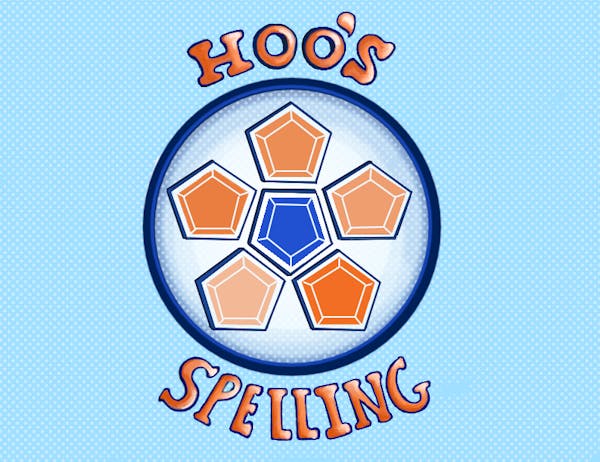It's the middle of October, and the last thing most University students are thinking about is the clock winding down on anything. Midterm season is just wrapping up, and most students have not given a second thought to the end of this semester, let alone to the academic year in its entirety. Fall sports are in full swing, and most class papers will not be due for another month or so. The time to worry about deadlines seems distant.
That rationalization, however, can be toxic for leaders of the University's student organizations. Given the schedule used by the most visible of these groups - Student Council, the Honor Committee and the University Judiciary Committee - time is of the essence. To have a meaningful and enduring impact, the current leadership of these organizations must take this constraint seriously and put action to words. The opportunity for planning, gathering feedback and brainstorming has long passed. The ball must get rolling now.
Council, the Committee, UJC and the individual school councils all work within a fairly narrow timeframe. Elections are generally held in late February of each spring semester, and transitions from one term's leadership to the next do not occur immediately. Last spring, for instance, Council did not finish establishing its executive board, committee chairs and committee membership until mid-April. Suffice it to say, with finals looming, only nominal progress was made on setting many of the term's priorities. The summer months also prove a difficult time to rally the troops and accomplish goals. By the time fall semester comes around, election of the next term's officers is only six months away - including more than a month's worth of breaks and holidays. Any organization still in the planning stages of its agenda by August is staring at a severely abbreviated portion of its term to work with. Any project not underway before October is at risk of becoming lost in the shuffle.
Compounding the time constraint issue is the challenge of implementing significant reform in general. Doing so requires group members to step back and look at their own organizations critically, and maintaining the status quo is unquestionably the path of lesser resistance. In the past, student groups have often prioritized functionality instead of reform. The Committee and UJC, for instance, place great emphasis on speeding up their trial processes and making their organizations run more efficiently. Tasks like these are certainly important to take on, but none should not be the principal objective of a successful administration. Reworking the plagiarism clause of the Committee's bylaws appears to be that group's most substantive undertaking thus far; in the grand scheme of things, that is clearly not the most daunting of challenges facing the organization.
Council, on the other hand, often spends precious time each term reflecting on how to promote outreach and how to galvanize the student body behind its initiatives. Although that intention is laudable, Council might have gotten its prerogatives backwards. The best method to garner more support and enthusiasm may well be to first take on the major issues that resonate with students. The more University community members see important projects being launched, the more likely they are to seek greater involvement with Council. Build it and they will come; do not simply talk about building it and wait for people to jump onboard.
These basic considerations are applicable to most student organizations. The nature of shifting membership and leadership from year to year makes institutional continuity extremely difficult for student groups. To be successful, truly significant projects must be both implemented and firmly established within one term. Otherwise, the chances of survival throughout subsequent administrations are slim. Though it may appear plenty of time is left on the clock for student leaders to make real change, that is an illusion. Their terms will be up in the blink of an eye.






